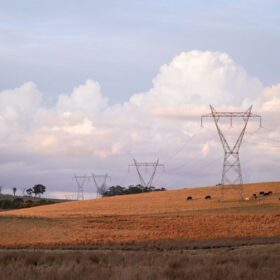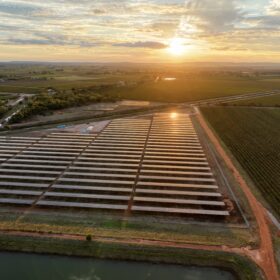According to the Clean Energy Council, only 20 percent of Australian homes currently have solar panels – the opportunities are vast, as more than 8 million Australian households have the potential to embrace solar in the future.
Q Cells’ Marketing & Key Account Director of Australia, Myungsin Shim, explains: “Q Cells is proud to secure the market-leading position in the U.K. solar market. Our attention now lies on communicating the benefits of solar energy and Q CELLS to the Australian market.
“As you can see the opportunities for Australian business and households to turn to solar energy is vast. It’s our job to build on the existing momentum and continue informing Australian consumers that Q Cells is the smart choice.”
Trust and quality to become key drivers in Australian solar
Across Australia, states are committed to renewable energy targets – Victoria is aiming for 40 percent by 2025, and Queensland for 50 percent by 2030, while already more than half of South Australia’s electricity and 17 percent of New South Wales’ electricity are now generated by renewable energy.
Q Cells is at the forefront of this opportunity, with its modules having been listed as approved panels under all of the current state household solar subsidy programs.
Q Cells’ proud history of innovation, commitment to outstanding local post-sales care, and competitive yield security technologies make it ideal for the Australian market.
“In Australia’s competitive solar market, where cheaper, lesser-quality products abound, Q Cells’ commitment to innovative technologies and high-quality construction, both supported by expert Australian-based customer support, help it to stand out from the pack,” Ms. Shim said.
“Combine this with products that are ideally suited to Australia’s harsh sun and extreme weather, including cyclones, and it is easy to understand why Q Cells has been recognised as an EuPD Research Top Brand PV for the fourth consecutive year in Australia.’’






By submitting this form you agree to pv magazine using your data for the purposes of publishing your comment.
Your personal data will only be disclosed or otherwise transmitted to third parties for the purposes of spam filtering or if this is necessary for technical maintenance of the website. Any other transfer to third parties will not take place unless this is justified on the basis of applicable data protection regulations or if pv magazine is legally obliged to do so.
You may revoke this consent at any time with effect for the future, in which case your personal data will be deleted immediately. Otherwise, your data will be deleted if pv magazine has processed your request or the purpose of data storage is fulfilled.
Further information on data privacy can be found in our Data Protection Policy.